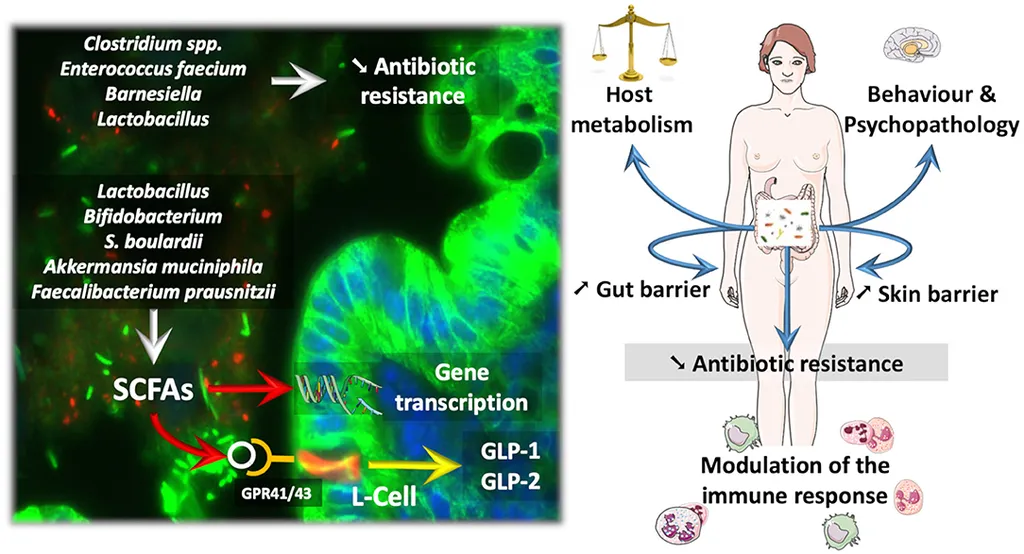In a significant stride towards understanding the intricate dance between our gut microbiota and environmental pollutants, researchers have developed an optimized protocol for collecting, cryopreserving, and cultivating human gut microbiota under strictly anaerobic conditions. This breakthrough, published in *Bio-Protocol*, opens new avenues for studying the impact of xenobiotics—such as bisphenols, phthalates, and parabens—on our gut health and overall well-being.
The gut microbiota, a complex community of microbes, plays a pivotal role in host immunity, metabolism, and barrier function. These microbes engage in a bidirectional communication with the host, producing bioactive metabolites that influence various bodily functions. However, the introduction of xenobiotics can disrupt this delicate balance, leading to dysbiosis and potentially contributing to systemic disorders affecting organs like the liver or brain.
“Our protocol allows for the assessment of xenobiotic–gut microbiota interactions in a controlled, cost-effective, and ethically sustainable manner,” said lead author Paulina Średnicka from the Laboratory of Molecular Biology at the Prof. Wacław Dąbrowski Institute of Agricultural and Food Biotechnology in Warsaw, Poland. This method is compatible with a range of downstream applications, including 16S rDNA sequencing, metabolomics, and endocrine activity assays, making it a versatile tool for researchers.
The protocol’s optimization ensures minimal oxygen exposure, preserving the viability of obligate anaerobes that dominate the gut ecosystem. This advancement facilitates reproducible, mechanistic studies on the impact of environmental xenobiotics on human gut microbiota, paving the way for deeper insights into how these interactions influence health and disease.
For the agriculture sector, this research holds significant commercial potential. Understanding how xenobiotics interact with gut microbiota can lead to the development of targeted probiotics, prebiotics, and other dietary interventions that enhance animal health and productivity. Additionally, it can inform the creation of more sustainable and effective agricultural practices that minimize the impact of environmental pollutants on both livestock and crops.
As we delve deeper into the complexities of the gut microbiota, this protocol represents a crucial step forward in toxicomicrobiomics—a field that explores the interplay between environmental chemicals and microbial communities. By providing a robust and reproducible method for studying these interactions, researchers can uncover new mechanisms and develop innovative strategies to mitigate the adverse effects of xenobiotics on human and animal health.
In the words of Średnicka, “This approach not only advances our understanding of gut microbiota but also offers a platform for developing interventions that promote health and well-being in both humans and animals.” As the agriculture sector continues to evolve, the insights gained from this research could shape the future of animal husbandry, crop production, and environmental sustainability.

